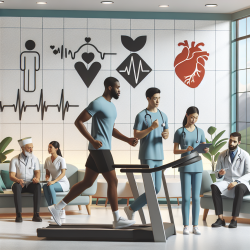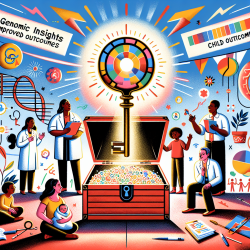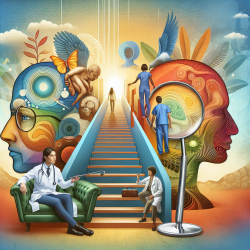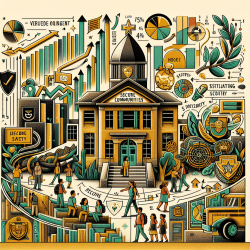Empowering Practitioners: Harnessing Cardiac Rehabilitation for SCAD Patients
In the realm of cardiac care, the journey towards recovery is as much about the heart as it is about the mind. The recent study titled "Safety and Outcomes of Cardiac Rehabilitation for Patients with Spontaneous Coronary Artery Dissection" provides a beacon of hope for practitioners aiming to improve their therapeutic approaches. This research not only highlights the safety and efficacy of cardiac rehabilitation (CR) for patients with Spontaneous Coronary Artery Dissection (SCAD) but also underscores the profound psychosocial benefits it offers.
Understanding SCAD and the Role of Cardiac Rehabilitation
SCAD is a condition that predominantly affects young women, often without traditional cardiovascular risk factors. It can present as acute myocardial infarction, ventricular arrhythmias, or even sudden cardiac death. Given the unpredictable nature of SCAD, both patients and practitioners have historically approached exercise with caution.
However, the study conducted across two academic centers from July 2013 to September 2017, involving eleven patients, sheds new light on the potential of CR. The program consisted of aerobic and resistance training, stress management, and dietary counseling. The results were promising: patients showed significant improvements in aerobic capacity, exercise duration, and mental health metrics such as anxiety and positive affect.
Key Takeaways for Practitioners
For practitioners, the study offers several key insights:
- Safety First: The study confirms that CR is safe for SCAD patients, with no reported recurrent dissections or major adverse cardiac events during the follow-up period.
- Holistic Improvement: Beyond physical health, CR significantly enhances mental health, reducing anxiety and improving the overall quality of life.
- Customized Care: Individualized exercise regimens based on stress test results are crucial. Monitoring blood pressure closely during resistance training ensures patient safety.
- Psychosocial Support: The inclusion of behavioral psychologists in the CR program aids in stress management, further improving mental health outcomes.
Encouraging Further Research
While the study provides a solid foundation, it also highlights the need for further research. The small sample size and lack of participants involved in competitive sports limit the generalizability of the findings. Future studies could explore:
- The long-term psychosocial and functional outcomes of CR in larger, more diverse populations.
- Strategies to integrate CR into the routine care of SCAD patients, ensuring accessibility and adherence.
- The potential benefits of CR in patients with different comorbidities or those resuming high-intensity sports.
Conclusion
Cardiac rehabilitation emerges as a powerful tool in the arsenal of practitioners treating SCAD patients. By focusing on both physical and mental health, CR not only aids recovery but also empowers patients to lead fuller, more confident lives. As practitioners, embracing these findings and advocating for further research can pave the way for even more effective therapies.
To read the original research paper, please follow this link: Safety and Outcomes of Cardiac Rehabilitation for Patients with Spontaneous Coronary Artery Dissection.










